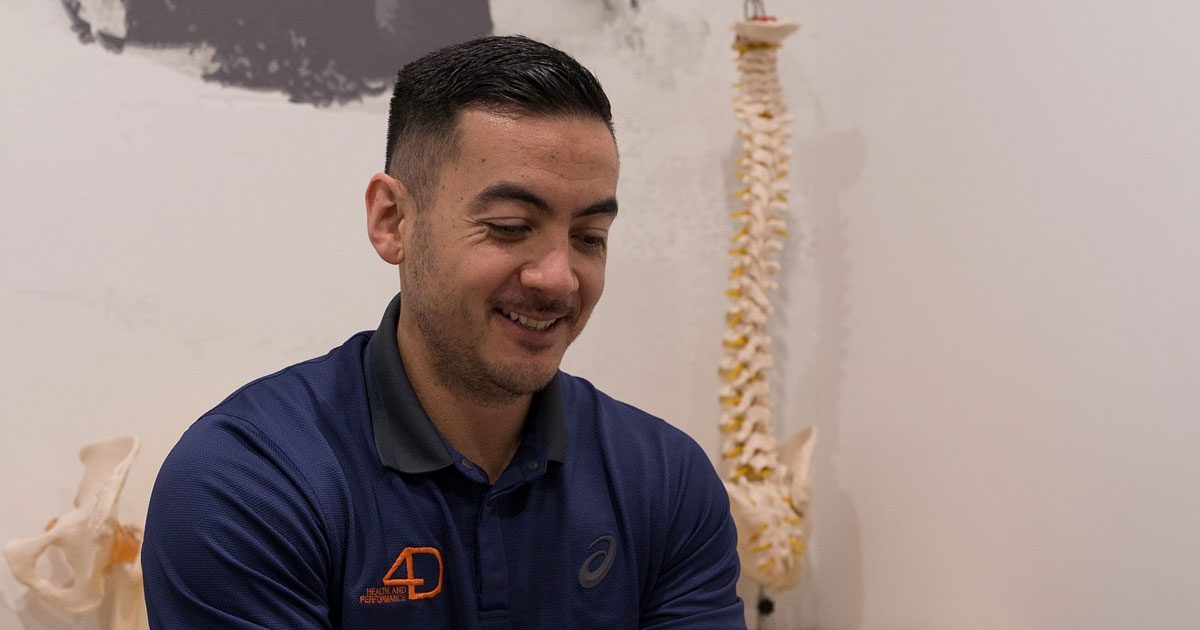
The Role of Maintenance Care in Chiropractic Health
Many people visit their chiropractor only when pain strikes. However, there is another evidence-based approach known as maintenance care, a proactive form of chiropractic management that aims to prevent flare-ups and support long-term spinal health.
Maintenance care typically involves regular chiropractic adjustments, but it can also include soft tissue therapy, exercise programming, and lifestyle advice tailored to the individual.
What the Research Shows
The Nordic Maintenance Care Study, one of the largest investigations of its kind, followed 328 patients with recurring lower back pain over the course of a year. Researchers compared two groups:
- those who sought chiropractic care only when they were in pain, and
- those who received care at planned, regular intervals.
The results were clear. Patients receiving maintenance care experienced fewer days of pain (an average of 12.8 fewer days per year) and enjoyed longer pain-free periods overall.
Who Benefits Most
It is important to note that maintenance care is not about endless appointments or a one-size-fits-all schedule. The study found that this approach was most effective for patients who:
- Had a history of recurring back pain
- Responded well to their initial course of treatment
- Wanted to take a proactive role in maintaining their health
For others, particularly those with isolated injuries or infrequent flare-ups, maintenance care may not be necessary.
A Collaborative Approach
In practice, the decision to continue with regular care is a shared one between chiropractor and patient. Your chiropractor provides the evidence, guidance, and clinical reasoning, and you decide whether ongoing care aligns with your health goals.
Some people find reassurance and benefit in staying ahead of potential issues, while others prefer to return only when symptoms appear. Both approaches can be valid depending on the individual.
Chiropractic care does not have to be purely reactive. For many people, a structured, preventative approach can help reduce flare-ups, extend pain-free periods, and support long-term spinal health and overall wellbeing.